The Bhagavad Gita, often referred to simply as the Gita, is a 700-verse Hindu scripture that is part of the Indian epic Mahabharata. It is a dialogue between Prince Arjuna and Lord Krishna, who serves as his charioteer. This sacred text is set on the battlefield of Kurukshetra, just before a great war is about to commence.
The text is not merely a religious scripture; it is a profound philosophical treatise that explores the nature of reality, duty (dharma), and the path to spiritual enlightenment. The authorship of the Bhagavad Gita is traditionally attributed to the sage Vyasa, who is also credited with composing the Mahabharata itself.
Vyasa, often referred to as Vedavyasa or Krishna Dvaipayana, is a central figure in Hindu tradition and is revered as one of the seven Chiranjivi (immortal beings). His contributions to Indian literature and philosophy are immense, and he is considered a pivotal figure in the development of Vedantic thought. The Gita encapsulates his insights into the human condition, offering guidance that transcends time and culture.
Key Takeaways
- The Bhagavad Gita is a 700-verse Hindu scripture that is part of the Indian epic Mahabharata, and it is attributed to the sage Vyasa.
- The teachings of the Bhagavad Gita revolve around the concept of dharma, or duty, and the path to spiritual enlightenment through selfless action and devotion to God.
- The Bhagavad Gita has had a profound influence on Eastern philosophy, particularly in shaping the principles of Hinduism, Buddhism, and Jainism.
- In modern times, the Bhagavad Gita remains relevant as a guide for ethical decision-making, personal growth, and spiritual development.
- Vyasa, the author of the Bhagavad Gita, is also credited with writing the Mahabharata and the Brahma Sutras, which have had a significant impact on Indian philosophy and spirituality.
- The philosophy of Vyasa, as reflected in the Bhagavad Gita, emphasizes the importance of fulfilling one’s duties and living a life of righteousness for the betterment of society.
- The Bhagavad Gita serves as a guide for personal development, offering wisdom on how to overcome challenges, find inner peace, and achieve spiritual fulfillment.
- Embracing the wisdom of the Bhagavad Gita and other works by Vyasa can lead to a deeper understanding of life’s purpose and a more meaningful existence.
The Teachings of the Bhagavad Gita
The teachings of the Bhagavad Gita are multifaceted, addressing various aspects of life, spirituality, and ethics. One of the core concepts presented in the Gita is the idea of dharma, or duty. Arjuna’s initial reluctance to engage in battle stems from his confusion about his responsibilities as a warrior and his moral obligations to his family.
Krishna elucidates that fulfilling one’s duty, even when it involves difficult choices, is essential for maintaining cosmic order. This emphasis on duty over personal desire highlights a key tenet of the Gita: selflessness in action. Another significant teaching of the Gita is the concept of yoga, which encompasses various paths to spiritual realization.
Krishna introduces Arjuna to different forms of yoga, including Karma Yoga (the path of selfless action), Bhakti Yoga (the path of devotion), and Jnana Yoga (the path of knowledge). Each path offers a unique approach to achieving union with the divine and understanding one’s true nature. The Gita emphasizes that regardless of the path chosen, sincerity and dedication are paramount.
This inclusivity allows individuals from diverse backgrounds and beliefs to find resonance within its teachings.
The Influence of the Bhagavad Gita on Eastern Philosophy

The Bhagavad Gita has had a profound impact on Eastern philosophy, shaping various schools of thought within Hinduism and beyond. Its teachings have influenced not only religious practices but also philosophical discourse across centuries. The Gita’s exploration of concepts such as karma, reincarnation, and the nature of the self has been foundational in developing Vedanta, one of the six orthodox schools of Hindu philosophy.
Thinkers like Adi Shankaracharya have drawn upon its principles to articulate non-dualistic interpretations of reality. Moreover, the Gita’s influence extends beyond Hinduism into Buddhism and Jainism, where similar themes of duty, ethical conduct, and spiritual liberation are explored. The text has also resonated with modern philosophers and spiritual leaders in the East, including figures like Mahatma Gandhi, who regarded it as a source of inspiration for his principles of non-violence and civil disobedience.
The Relevance of the Bhagavad Gita in Modern Times
In today’s fast-paced world, where individuals often face moral dilemmas and existential crises, the teachings of the Bhagavad Gita remain remarkably relevant. The text addresses universal themes such as conflict, choice, and the search for meaning—issues that resonate deeply with modern audiences. For instance, in an era marked by rapid technological advancements and shifting societal norms, individuals frequently grapple with questions about their purpose and responsibilities.
The Gita’s insights into duty and selfless action offer a guiding light for those seeking clarity amid chaos. Furthermore, the Gita’s teachings on mindfulness and self-awareness have found resonance in contemporary discussions around mental health and well-being. Concepts such as detachment from outcomes and focusing on one’s actions can be particularly beneficial in managing stress and anxiety.
As people increasingly turn to spiritual practices for solace, the Gita serves as a timeless resource for cultivating inner peace and resilience. Its teachings encourage individuals to engage with their inner selves while navigating external challenges.
Other Works by the Author
Vyasa’s contributions extend far beyond the Bhagavad Gita; he is credited with several other significant texts that form an integral part of Indian literature and philosophy. One of his most notable works is the Mahabharata itself, which is one of the longest epic poems in history. This monumental text not only narrates the story of the Kurukshetra war but also encompasses a wealth of philosophical discourses, moral dilemmas, and cultural narratives that reflect ancient Indian society.
In addition to the Mahabharata, Vyasa is associated with various Puranas—mythological texts that elaborate on Hindu cosmology, mythology, and traditions. The Vishnu Purana and Bhagavata Purana are among those attributed to him, both of which delve into devotional themes centered around Lord Vishnu and his avatars. These works further illustrate Vyasa’s role as a pivotal figure in shaping Hindu thought and spirituality through diverse literary forms.
The Impact of the Author’s Philosophy on Society

The philosophical insights offered by Vyasa through the Bhagavad Gita have had far-reaching implications for society at large. His teachings have inspired countless individuals across generations to reflect on their values and responsibilities within their communities. The emphasis on dharma encourages people to act ethically and consider the broader impact of their choices on society.
This focus on moral action has fostered a sense of social responsibility among followers of his philosophy. Moreover, Vyasa’s ideas have permeated various aspects of Indian culture, influencing art, literature, music, and dance. The themes explored in the Gita have inspired countless artistic expressions that seek to capture its essence.
From classical dance performances that depict scenes from the Mahabharata to modern adaptations in literature and cinema, Vyasa’s work continues to resonate with audiences today. His philosophy serves as a bridge connecting ancient wisdom with contemporary societal issues.
The Role of the Bhagavad Gita in Personal Development
The Bhagavad Gita plays a significant role in personal development by providing practical guidance for self-improvement and spiritual growth. Its teachings encourage individuals to engage in self-reflection and cultivate qualities such as discipline, humility, and compassion. By emphasizing the importance of selfless action through Karma Yoga, individuals are inspired to contribute positively to their communities while pursuing their personal goals.
Additionally, the Gita’s exploration of meditation and mindfulness practices offers tools for enhancing mental clarity and emotional resilience. By encouraging individuals to detach from outcomes while remaining committed to their actions, it fosters a mindset conducive to personal growth. This approach not only alleviates stress but also empowers individuals to navigate life’s challenges with grace and equanimity.
Embracing the Wisdom of the Bhagavad Gita and Other Works
The Bhagavad Gita stands as a timeless testament to human wisdom and spiritual insight. Its teachings continue to inspire individuals across cultures and generations to seek deeper understanding within themselves while navigating life’s complexities. Vyasa’s contributions extend beyond this singular text; they encompass a rich tapestry of philosophical thought that invites exploration and reflection.
As we embrace the wisdom found within the Bhagavad Gita and other works by Vyasa, we open ourselves to transformative possibilities for personal growth and societal change. The principles articulated in these texts encourage us to act with integrity, cultivate compassion, and strive for self-realization amidst our daily lives. In doing so, we honor not only Vyasa’s legacy but also our own potential for enlightenment in an ever-evolving world.
If you are a fan of the Bhagavad Gita, you may also enjoy reading “The Gita: A Universal Guide to Life Wisdom” by the same author. This article explores the timeless teachings of the Gita and how they can be applied to modern life. To learn more about this fascinating book, check out this link.
FAQs
What other books has the author of Bhagavad Gita written?
The author of Bhagavad Gita, Ved Vyasa, is also known for writing the Mahabharata, which is one of the longest epic poems in the world. He is also credited with compiling the Vedas and writing the Puranas.
Are there any other significant works attributed to the author of Bhagavad Gita?
In addition to the Mahabharata, Ved Vyasa is also believed to have written the Brahma Sutras, also known as the Vedanta Sutras, which are foundational texts in the Vedanta school of Hindu philosophy.
Did the author of Bhagavad Gita write any other spiritual or philosophical texts?
Apart from the Bhagavad Gita, Mahabharata, and Brahma Sutras, Ved Vyasa is also associated with writing the eighteen Puranas, which are a genre of ancient Indian texts that cover a wide range of topics including cosmology, mythology, and religious practices.

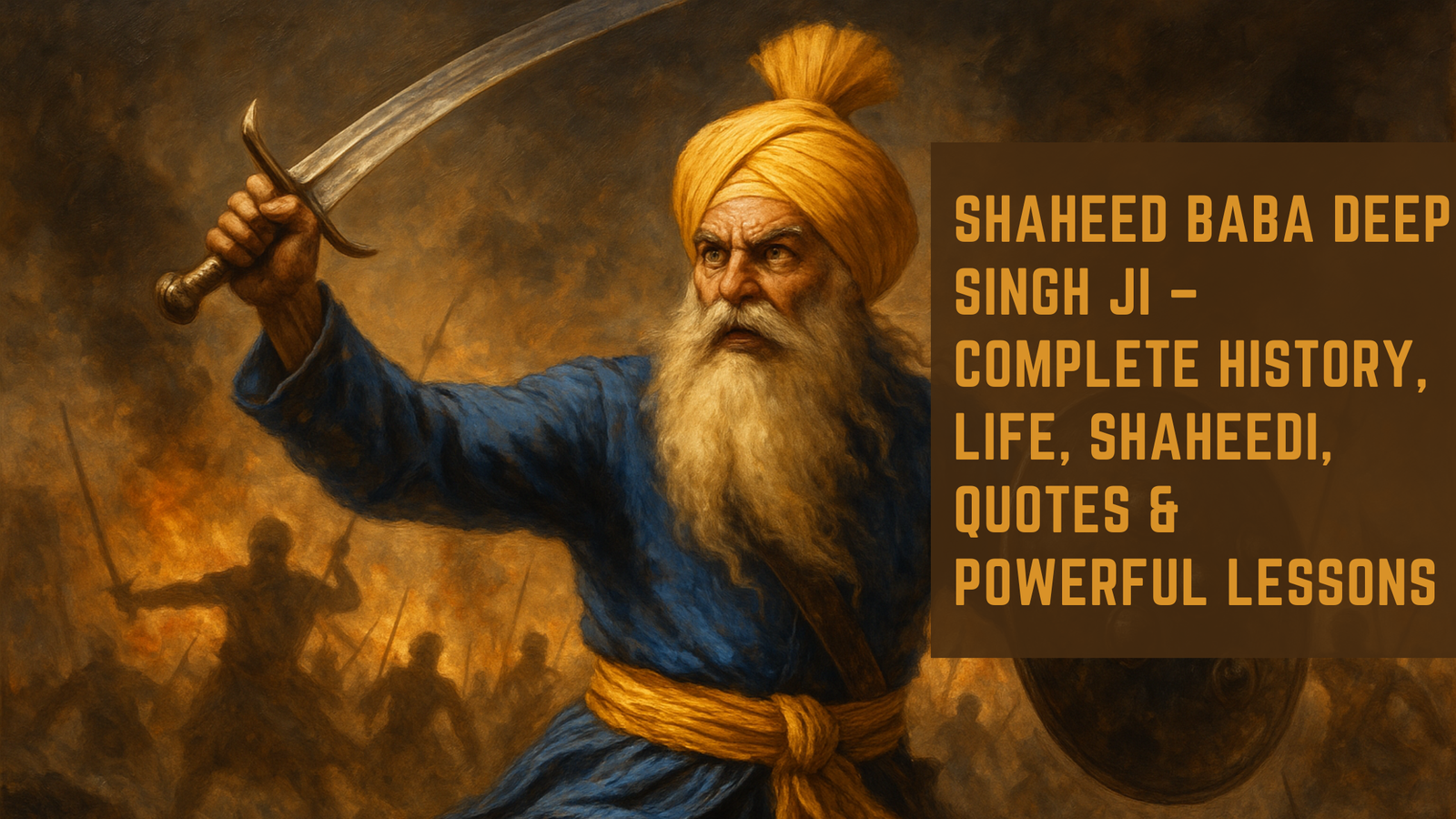
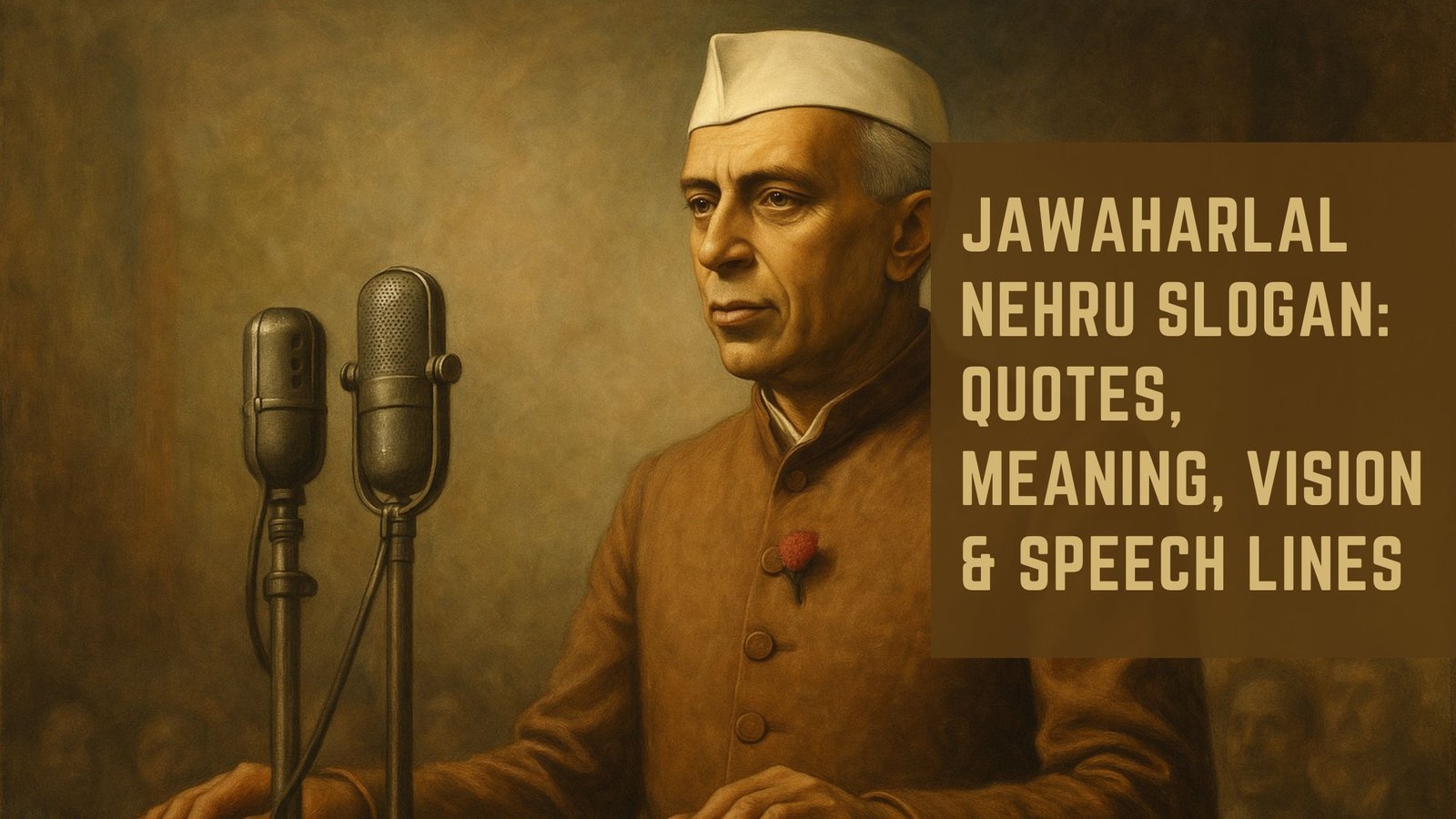


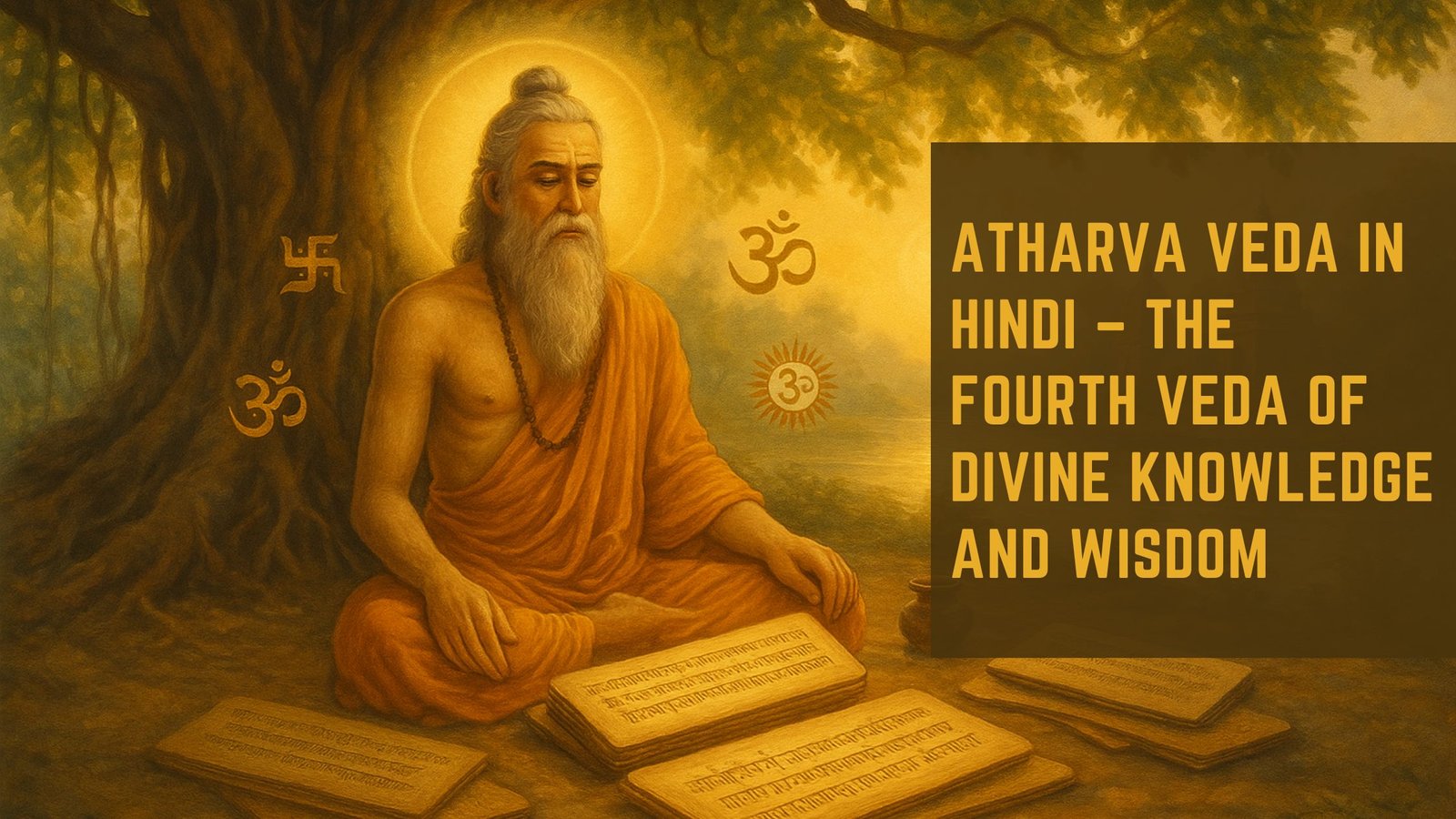

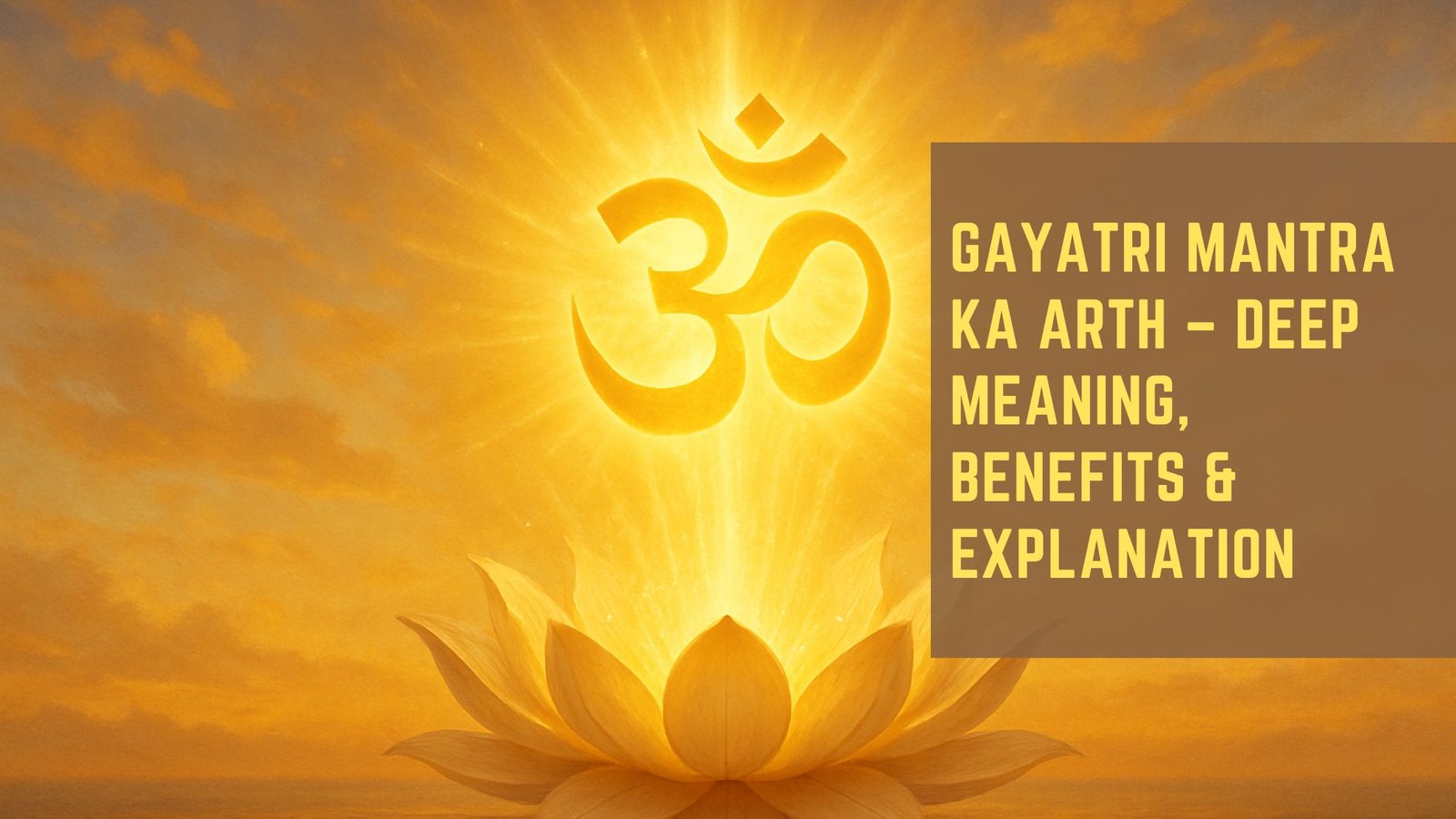
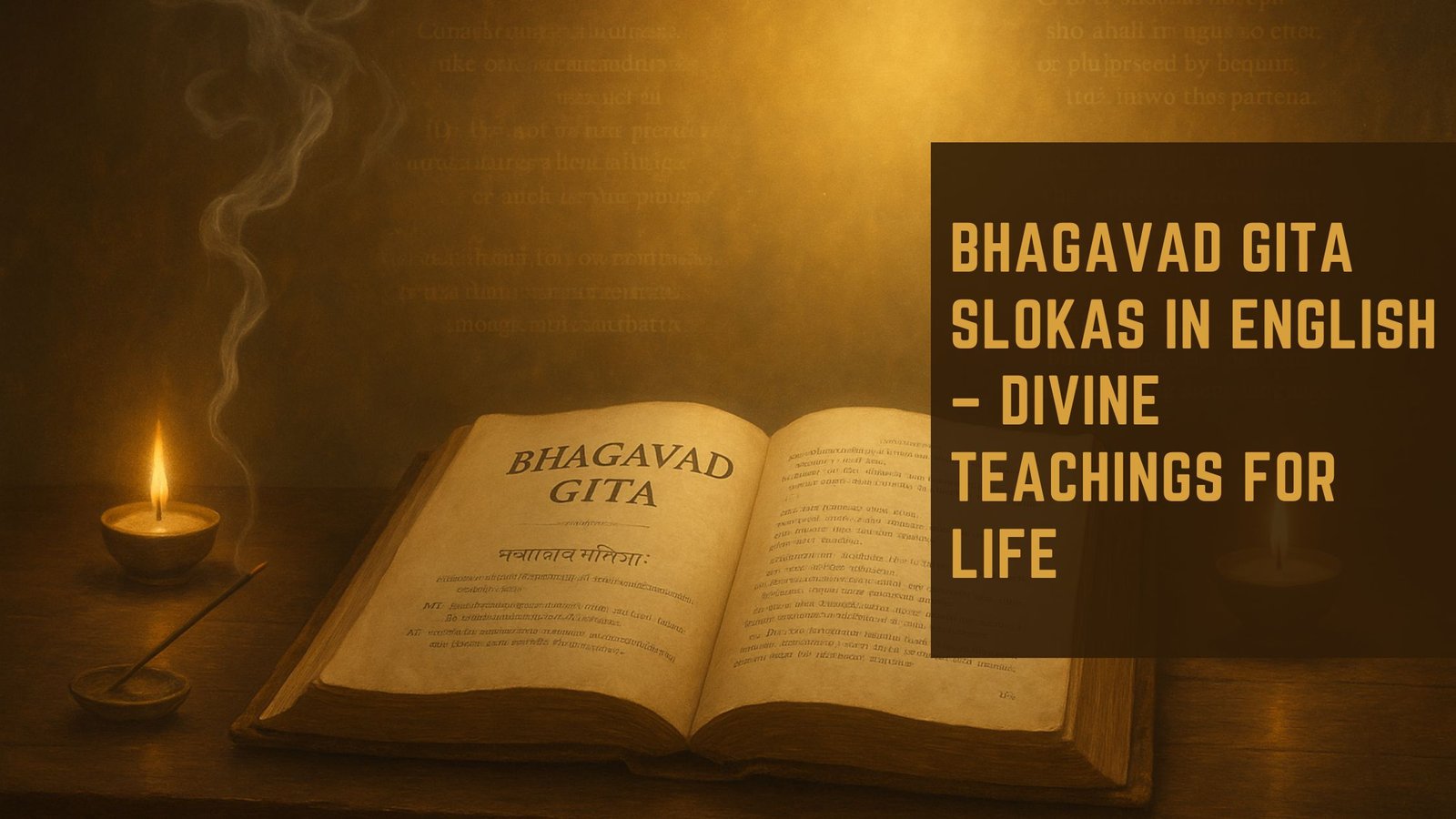
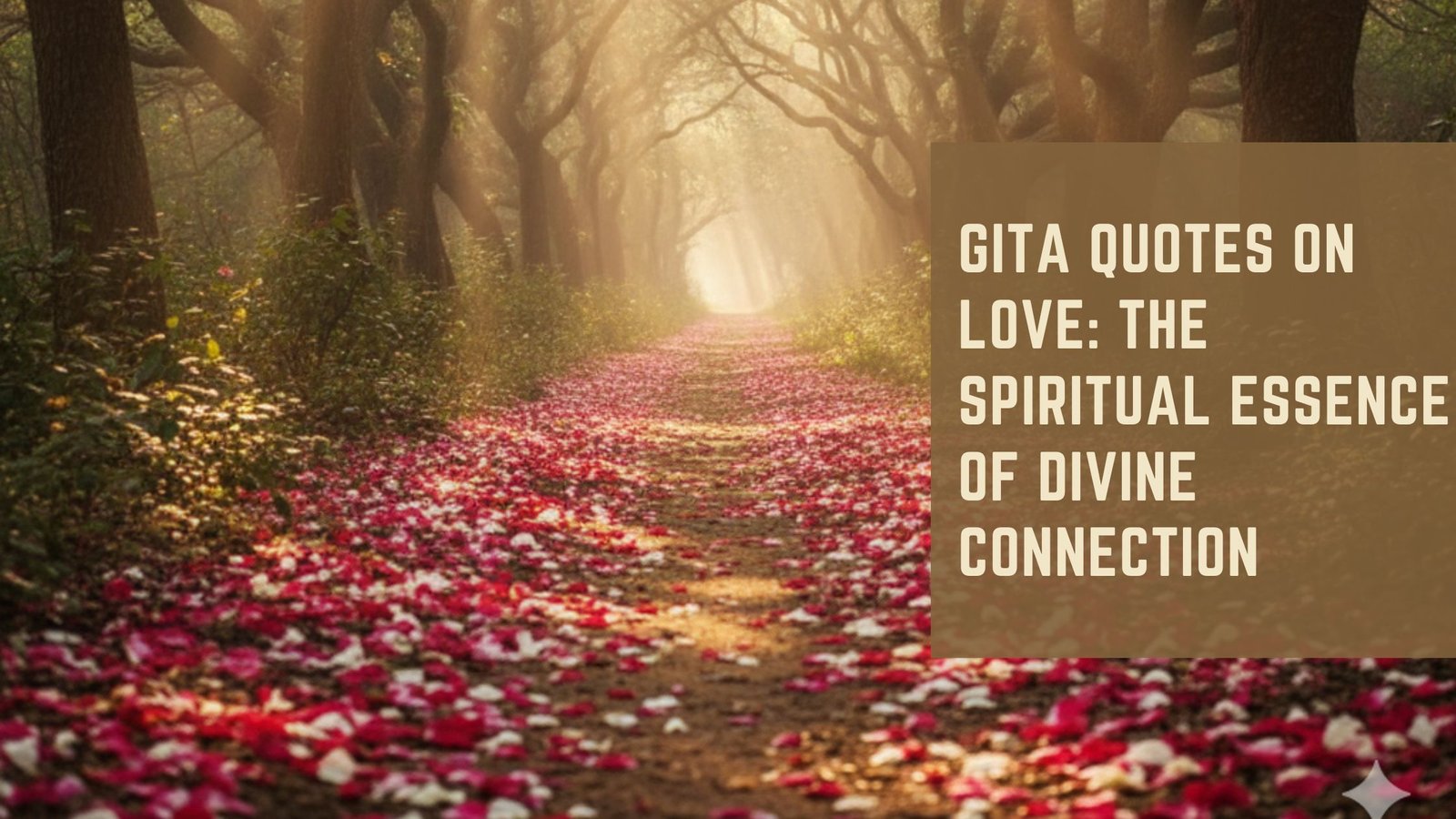

1 thought on “The Wisdom of the Bhagavad Gita and Other Works by the Author”